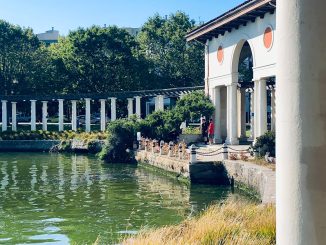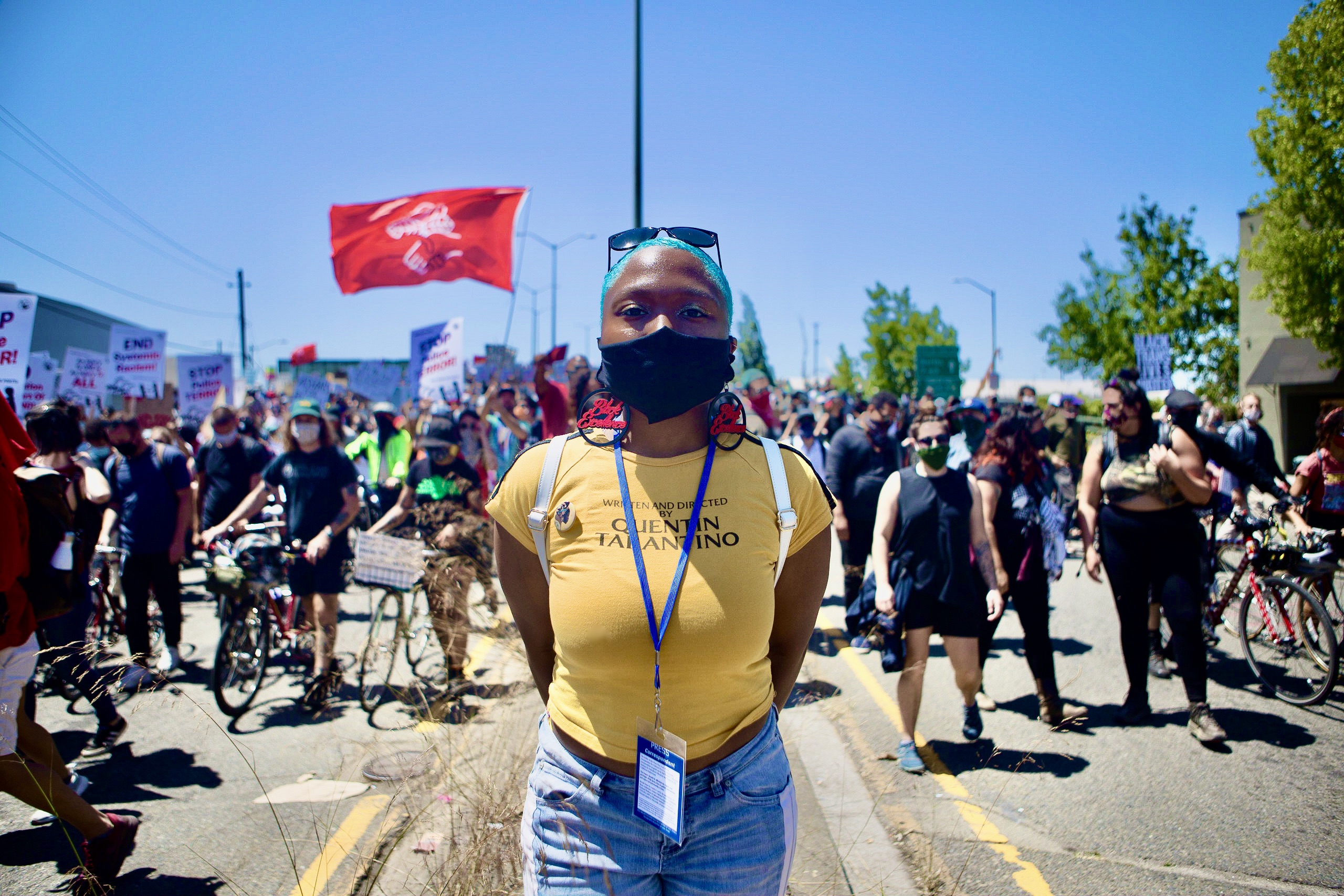
“Hey, Hey! Ho Ho! Climate change has got to go!”
This chant and many others could be heard throughout the waves of protestors participating in the Youth Global Climate Strike in San Francisco on September 20. On a normal Friday, one would find Muni buses and tourists going up and down Market Street, but on this day, people filled the bustling streets carrying colorful signs, banners, pamphlets, and flags bearing bold messages, banners, flags, and pamphlets.
For residents of East Bay, environmental issues and climate injustice is nothing new. The overburden of pollution from heavy industry, housing insecurity, and living in sick communities can sometimes feel like an uphill battle. For many of those marching down the streets, the protest was about giving voice to those communities and to those who are being affected the most but may not have been able to participate in the strike. As climate justice continues to make its ways to the forefront, we must continue to ask the question of how we are making the most vulnerable communities a priority.
The warm summer of the Bay was in full force as the sun beamed down on strikers. Young people led the march, and everyone else followed suit. We marched North on Market Street as facilitators in yellow vests and megaphones helped direct the crowd. Unified chants, drum rolls, and laughter could be heard throughout. People waved from tall office buildings and held up signs of support.
The protesters also varied in age. A mother carrying her child in front of a larger group of high school students. Babies and toddlers sprinkled throughout the strike seemed completely mystified by all the colors and sounds. The largest demographic of protestors appeared to be to teenagers and young adults. One emotional protester told me the strike was reminiscent of their younger days.
What made this strike particularly monumental was the level of inclusivity it strived for and that organizations around the world hosted their own partner strikes in solidarity. According to the international website, Strikewithus.org, strikes occurred across the world. across the countries and the world.
Organizations, collectives and working groups worked to spread the word by actively sharing the message of what this strike hoped to accomplish, which was stopping business as usual. The U.S. Youth Climate Strike Coalition has five demands: a “Green New Deal,” respect for indigenous land, environmental justice, protection and restoration of biodiversity, and implementation of sustainable agriculture.
The Youth Climate Strike could be misinterpreted as “ageist,” or discriminatory against older people; however, this strike and this movement calls for intergenerational interaction. As the movement continues to grow, we must push for more inclusivity and recognize how different people are impacted differently by climate change.
Some strikers of color observed that this climate strike could be considered a “safe march,” compared to protests or movements specifically focused on Black and Brown people. Unlike Black Lives Matter or Abolish ICE protests, strikers were not met with heavily armed law enforcement responses. Heavy police crowd control was minimal.
How can this be used to the advantage of our communities of color? As the environmental and climate justice movement continues to grow, communities must continue to hold officials accountable and strengthen their own resilience.
Iris M. Crawford, is a poet and social justice advocate. Hailing from New York City, she is a first-generation Guyanese- American. Her journey has allowed her to empower communities through health care advocacy, education and environmental justice. In 2018, Iris was selected as a semi-finalist Fulbright Scholar for an English Teaching Assistantship in South Africa. She also just became a resident of the 2020 Shuffle Collective Literary Arts Residency where she will be working to strengthen her creative work, gain skills to continue growing professionally and build community. She earned her BA in Political Philosophy and African American Studies from Syracuse University.




Be the first to comment